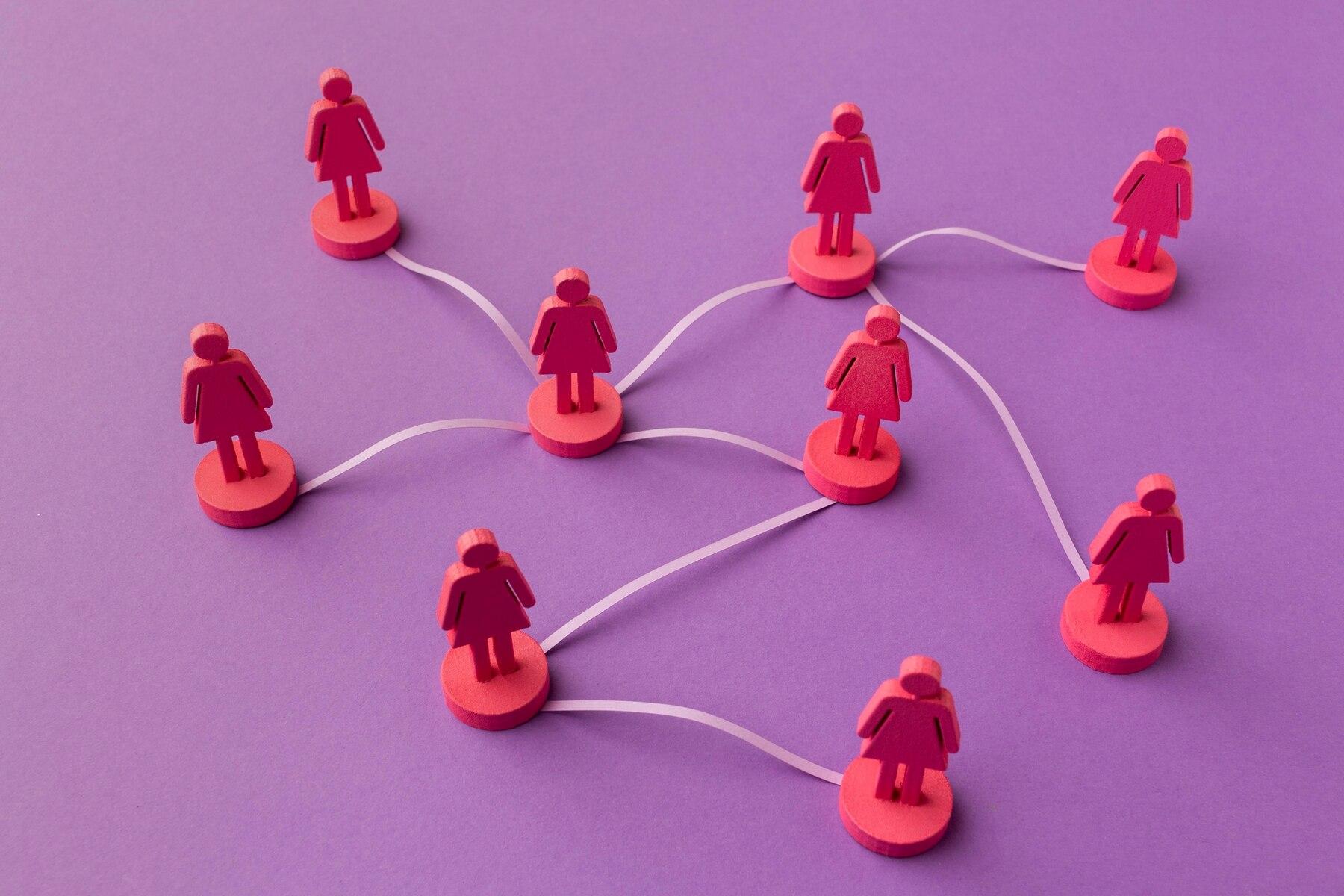Introduction
In today’s global healthcare system, women have consistently proven themselves as transformative leaders, advocates, and caregivers, not only for themselves but for one another. From nurses and doctors to researchers and activists, women have made monumental contributions to the improvement of global health standards. Furthermore, women have also formed powerful networks that are crucial in addressing healthcare challenges, reducing health disparities, and advancing gender equality in the medical field. This article explores how women help each other in healthcare on a global level, providing insights into the interconnected roles that women play in shaping global health outcomes.
Women in Healthcare Leadership
Throughout history, women have faced significant barriers to entering and advancing in the healthcare sector. Despite these challenges, they have managed to break down many of these barriers through resilience, innovation, and collaboration. According to the World Health Organization (WHO), women make up approximately 70% of the global health workforce, with many working as nurses, midwives, doctors, and community health workers (World Health Organization, 2019). These women are not only providing essential care to individuals but are also working to create systemic change.
For example, women in leadership roles, such as Dr. Gro Harlem Brundtland, former Director-General of the WHO, have shaped health policies globally. Women like her have shown that effective leadership in healthcare often arises from a deep understanding of the challenges faced by both the medical system and marginalized communities, including women themselves. Women’s voices are thus indispensable in advocating for healthcare policies that address the unique health needs of women and other underserved populations.
Collaborative Networks and Support Systems
One of the most significant ways that women contribute to global healthcare is through collaboration and the creation of support systems. Women’s health organizations, such as the International Federation of Gynecology and Obstetrics (FIGO), advocate for maternal health, access to family planning, and the elimination of gender-based violence. These organizations often work closely with grassroots movements that are run by and for women in low-income or underserved areas. The collaborative efforts of these organizations and grassroots networks have led to the improvement of maternal health outcomes in many regions, particularly in sub-Saharan Africa and South Asia, where maternal mortality rates remain high.
The work of organizations such as "Women Deliver," a global advocacy organization focused on advancing gender equality and women’s health and rights, is a prime example of how women help each other through global healthcare networks. Through advocacy, education, and empowerment, they provide women worldwide with tools, resources, and platforms to address their specific healthcare needs. As a result, women in countries with limited resources can gain access to better maternal care, reproductive health services, and mental health support (Women Deliver, 2021).
Challenges in Women’s Health and How Women Address Them
Despite the progress made by women in the healthcare sector, they continue to face several health disparities. For example, women are disproportionately affected by conditions like cervical cancer, reproductive health issues, and HIV/AIDS. In many parts of the world, these conditions are exacerbated by limited access to healthcare services, gender inequalities, and cultural norms that marginalize women’s health.
Women have responded to these challenges by not only advocating for better policies and resources but also by creating community-based healthcare solutions. For instance, many women-run health cooperatives, such as the "Health Warriors" program in Kenya, focus on delivering low-cost, culturally relevant healthcare services to rural and remote areas. These cooperatives empower women to take charge of their health while simultaneously providing critical healthcare services to those who would otherwise lack access (Munyua, 2020).
Additionally, women’s health advocates are increasingly involved in global campaigns aimed at addressing the intersection of gender and disease. For example, the push for more inclusive research on women’s health has gained momentum over the last decade, with women health experts advocating for more gender-specific studies on cardiovascular disease, autoimmune disorders, and other conditions that disproportionately affect women (Lundberg et al., 2019).
The Role of Technology in Empowering Women in Healthcare
The rise of digital health technologies has also played a significant role in how women help each other in healthcare. Mobile health apps, telemedicine, and online platforms have enabled women to access healthcare resources in real-time, especially in remote or conflict-affected areas. Women-led initiatives such as "M-TIBA," a mobile health platform in Kenya, have allowed women to manage their health and wellness more effectively by providing health education and offering a means of paying for medical care through mobile money (Gikunda, 2020).
Furthermore, digital platforms have enabled women healthcare professionals to connect globally, share knowledge, and collaborate on research projects. Online networks such as the "Global Women’s Health Network" facilitate the sharing of resources and strategies to address global health issues, allowing women to work together to create solutions that are effective in diverse cultural contexts.
Conclusion
The contributions of women to global healthcare go beyond clinical care; they include leadership, collaboration, advocacy, and technological innovation. Women helping women in healthcare is not just about providing care—it’s about creating a global network of empowerment that allows women to overcome barriers, share knowledge, and address the unique healthcare challenges they face. By continuing to uplift and support one another, women are transforming global healthcare systems and improving health outcomes for generations to come. As we move forward, it is crucial that we continue to invest in and support these networks, ensuring that women around the world can access the healthcare they need and deserve.
References
Gikunda, W. (2020). M-TIBA: Empowering women in healthcare through mobile technology in Kenya. Mobile Health Solutions Journal, 15(2), 45-58.
Lundberg, O., Hellström, L., & Johansson, K. (2019). Gender disparities in global health research: Addressing the gap in studies on women’s health. Journal of Global Health, 9(1), 13-28.
Munyua, R. (2020). Women-run health cooperatives in Kenya: A model for addressing maternal and child health challenges. International Journal of Health Services, 40(1), 89-102.
Women Deliver. (2021). Global advocacy for women’s health and rights: Achievements and challenges. Women Deliver Annual Report, 4(1), 12-24.
World Health Organization. (2019). Women in health workforce: Building capacity for gender equality. WHO Report. Retrieved from https://www.who.int/health-topics/gender



